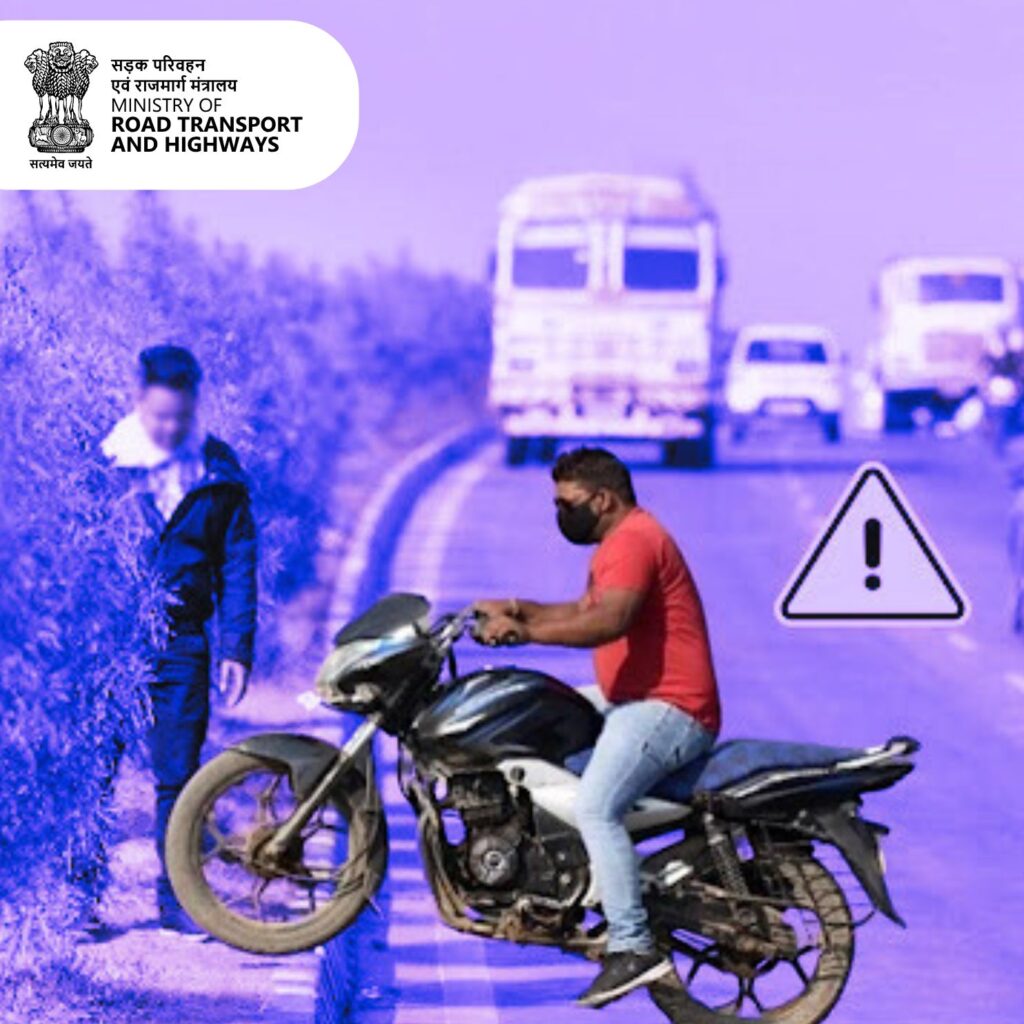Uttarakhand state government has attributed a budget of Rs 16 crore to fight the forest fires this year. The fire season which is a common phenomenon in the state starts from February and extends till June.
Principal Chief Conservator of Forests, Uttarakhand Forest Department, Shri Jai Raj, spoke to The Logical Indian shedding light on the fire occurrences, the department’s preparedness this year and also the issues faced on ground-zero.
‘Several states in the country are affected by forest fires whether it is Himachal Pradesh, Madhya Pradesh, Karnataka or Kerala, however, Uttarakhand forest fires garner national attention simply because it occurs during the pilgrimage season,’ said Raj.
‘The four pilgrim destinations – Yamunotri, Gangotri, Kedarnath, and Badrinath, altogether known as Char Dham, draws the maximum numbers of pilgrims each year. Several politicians and socially affluent, too, are part of the religious travel during the season.’ He added, ‘The forest department, this year, has completed the preparations to tackle the forest fires. However, light to moderate rainfall and snowfall, since last year, have provided a respite and thus we are expecting a deferment in the forest fires.’
The department will be using technological advancements to retrieve information on the forest fires. The satellite technology will be used to identify, alert and quickly mobilize the troop to the location to prevent an out-of-control situation.
‘The crucial part of the entire strategy to douse the forest fire is the first line of defence, which in this case are the locals,’ said Jai Raj.
He explained that the department officials are now engaging with and training the locals, encouraging community participation, in an attempt to achieve several objectives.
Firstly, there is an immediate need to create awareness regarding the forest and its conservation. Since the communities that reside in and around the forest area are involved in agriculture and farming activities, they make the most of the forest cover.
Hence it is significant for such communities to step up in the management of forests.
On the other hand, the forest cover in the state is approximately 38,000 sq km which is 71.05% of its geographical area making it difficult for the local administration to manage the forest fires single-handedly.
‘We have the fire action plan in place to control the forest fire this year since there cannot be a zero-incident season, we are well-equipped to contain and minimize the disaster.’
Every year, forest fires in Uttarakhand cause great loss to the forest ecosystem, diversity of flora and fauna and economic wealth.
In the year 2018, according to the forest department of Uttarakhand, 3399 hectares of forest cover was gutted in 1451 forest fire incidents in the state with a reported loss of Rs 63.40 lakh in terms of forest property.
Forest fires engulfed 1,960 hectares of Uttarakhand green cover with 1493 fire incidents and a reported loss of Rs 35.41 lakh, in 2019.
Several causes comprising both, natural and man-made, have been responsible for the forest blazes increasing over the years and destroying the environment.
Besides the dry climate in summers and the large presence of pine trees in most of the areas which act as a catalyst to the forest fires, it is the human activity that accounts for the massive destruction of vegetation.
According to India’s State of Forest Report 2017, people set fire to forests for, among other reasons, clearing areas for shifting cultivation, non-timber forest produce collection and hunting/poaching purposes. Another reason is making room for growing towns and villages.
Burning of debris, unextinguished cigarettes, stubble burning and burning of dry pine needles are among other causes for forest fires in the state.
‘Urgent steps to protect the forest cover is the need of the hour. This can be accomplished by removing ignorance, inactiveness and negligence of the locals and educating them on biodiversity conservation,’ added Jai Raj.
The official further enumerated the consequences of the devastating forest fires. Besides the loss of hectares of green cover and a substantial economic loss in terms of forest property, massive forest fires wreak havoc through air pollution and loss in the natural habitat which may even result in the extinction of species, particularly endangered ones.
Dousing the raging fire requires sprinkling gallons of water which is collected from the water bodies in the area, leading to an acute shortage of water for the residents in the state.
Several media organizations reported on the unreadiness of the state government, especially the forest department, in making arrangements to prevent and control the forest fires.
Addressing the accusations being put on the department’s inadequacy and lack of proper equipment to control the situation, the Principal Chief Conservator of Forests told The Logical Indian, ‘Ignorance and misleading media reports have been instrumental in spreading misinform…













